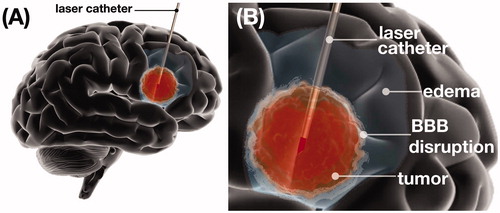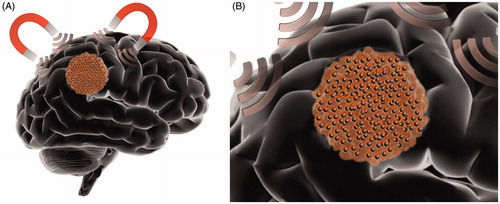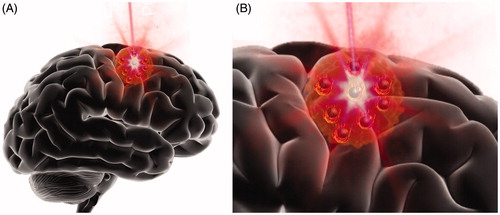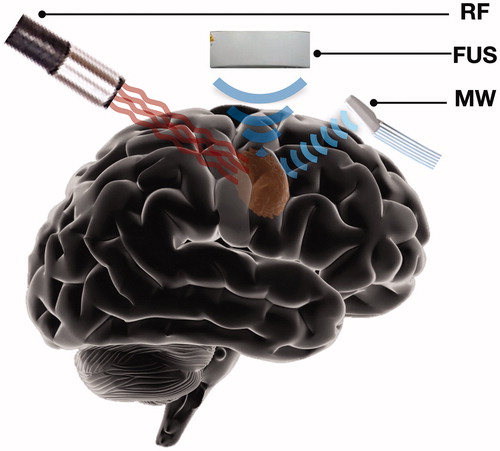Figures & data
Table 1. Nanoparticle constructs utilized for magnetic hyperthermia therapy.
Table 2. Nanoparticle constructs utilized for photothermal therapy.
Table 3. Understudied HT modalities for the treatment of brain tumors.




